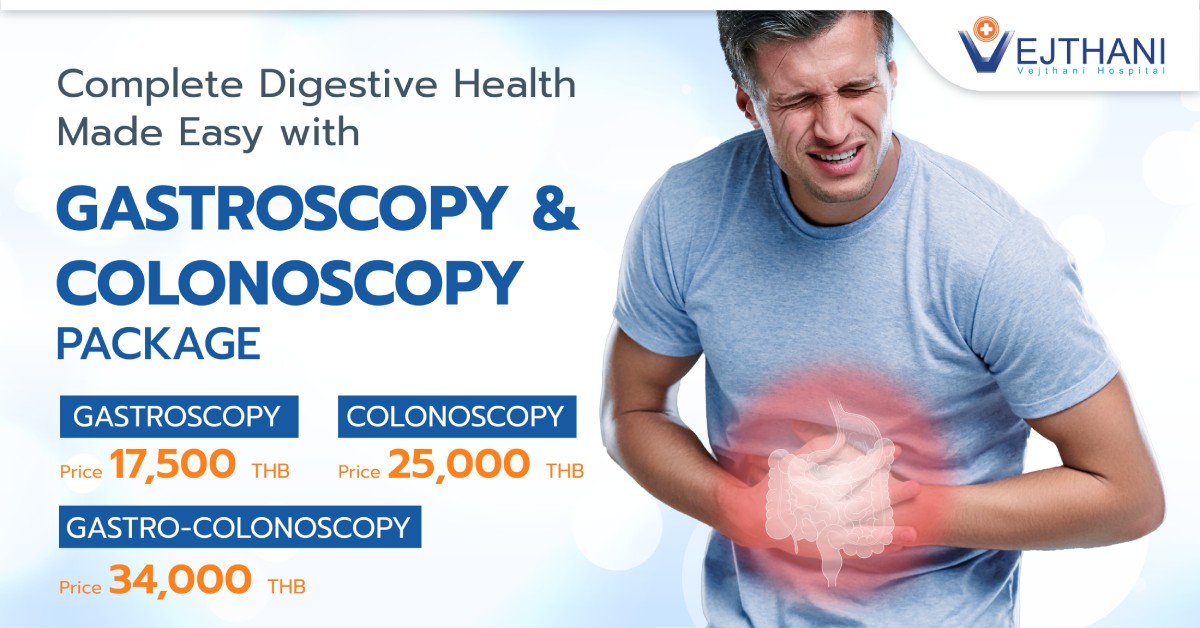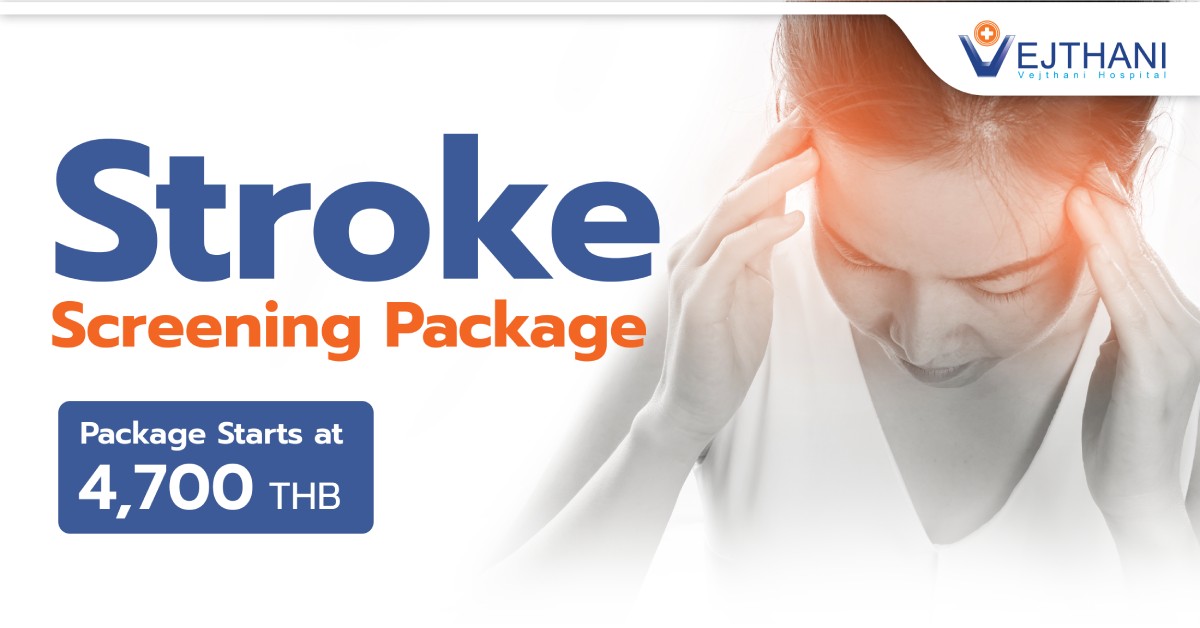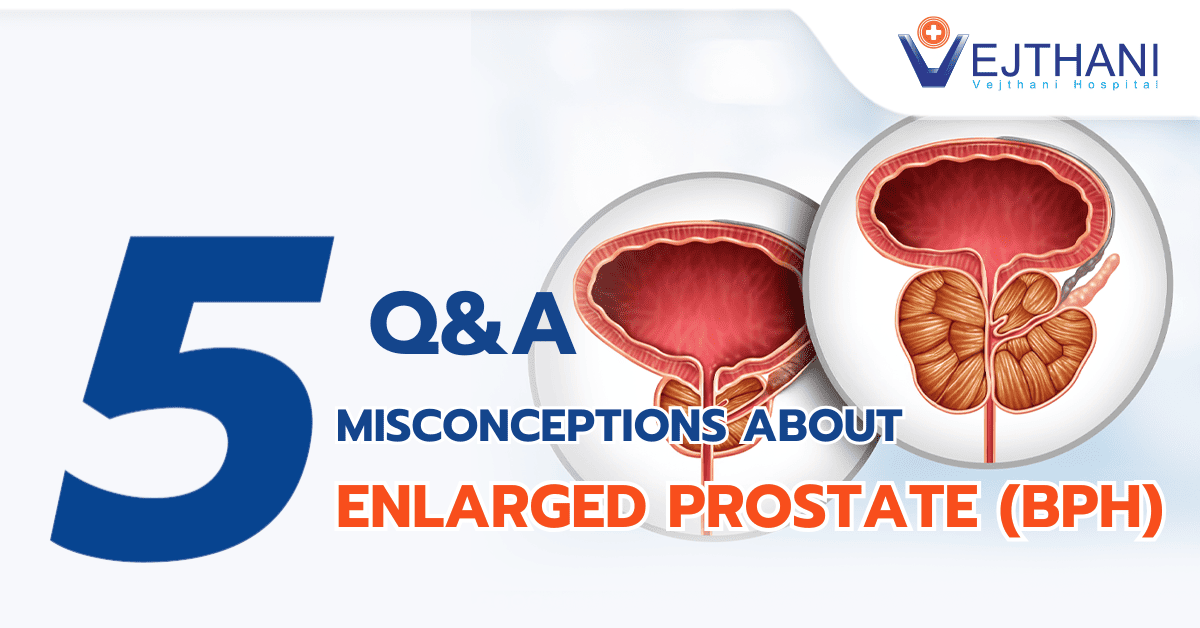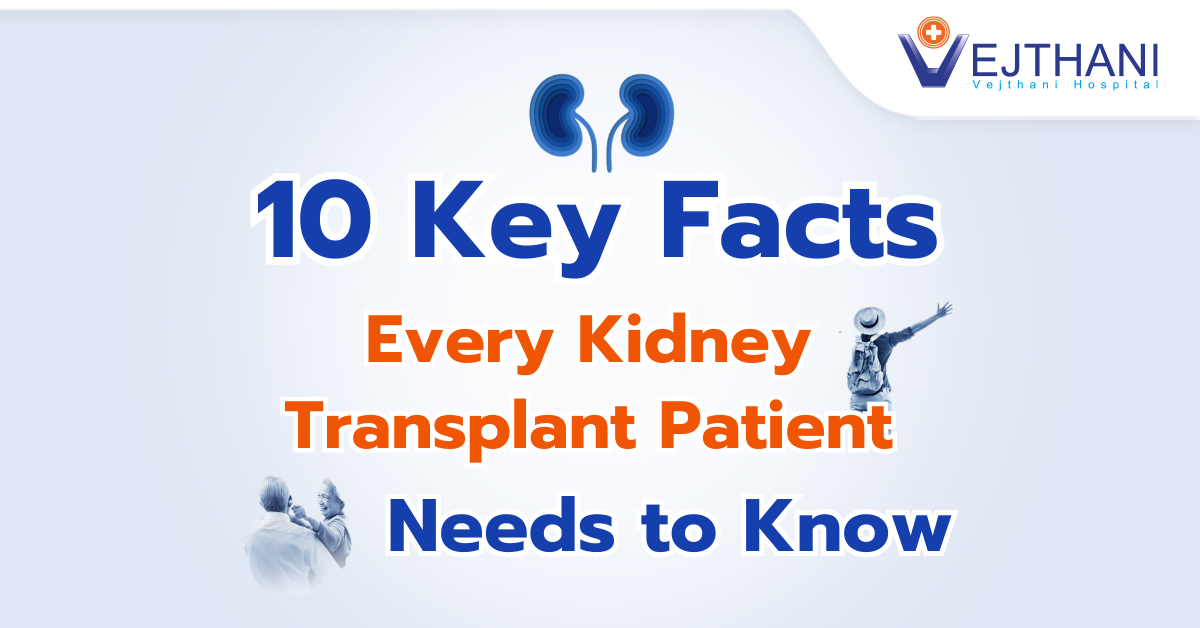
CPAP machine
Overview
A CPAP machine functions as a remedy for sleep apnea, ensuring a consistent flow of pressurized air via tubing into a mask worn during sleep. It effectively addresses both obstructive and central sleep apnea, wherein breathing pauses disrupt the sleep cycle. These interruptions, occurring frequently throughout the night, can lead to diminished oxygen levels and heightened risks of health complications such as hypertension, cardiovascular diseases, stroke, and diabetes. Through the provision of uninterrupted airflow through the nasal and oral passages, a CPAP machine facilitates the maintenance of unobstructed airways.
Types of CPAP machines
One kind of Positive Airway Pressure(PAP) gadget is a CPAP machine. There are various kinds of these equipment, while
CPAP is the most often used. Among them are:
- Bi-level PAP. This machine applies two distinct pressures: one for breathing and another for expiration.
- Auto CPAP. This device maintains open airways by self-regulating through a variety of pressures.
- Adaptive Servo-Ventilation (ASV). ASV, which is only available to those with central sleep apnea, maintains your airway open by forcing you to breathe when needed.
Types of CPAP masks
A few distinct kinds of masks are offered. The sort of sleep apnea you have, how comfortable you are, and your breathing patterns all influence which kind is best for you. Types of CPAP masks include:
- Nasal mask. This option keeps your nose covered. Individuals who move about a lot while they sleep are frequently advised to use a nose mask.
- Nasal pillow mask. A nasal pillow mask covers just the area of your nostrils, not your entire nose. There are additional variants with prongs that slide into your nostrils. Glasses wearers can comfortably wear their nasal pillow masks.
- Full mask. The triangle mask covers your lips and nose. For those who breathe through their mouth while they sleep, a complete mask is recommended. If you have a nasal blockage, your doctor might also suggest this kind of mask.
Risks
You might need some time to become used to your CPAP machine. They are uncomfortable or burdensome to some people. Consequences comprise:
- Nosebleeds
- Feeling bloated
- Skin irritation.
- Having insomnia or difficulty falling asleep
- Feeling claustrophobic
- Nasal congestion
- Dry mouth
As your body becomes more accustomed to the CPAP machine, many of the initial discomforts typically diminish. If you’re experiencing discomfort, consult your doctor about alternative mask or equipment options. Since symptoms of sleep apnea often occur during sleep and may go unnoticed by the individual, partners might observe gasping for breath or snoring. Symptoms such as irritation, dry mouth, sleep disturbances, morning headaches, or fatigue should prompt a consultation with your doctor. If you suspect that a CPAP machine might be beneficial, your doctor can provide guidance and assistance.
During the procedure
Following the intake of surrounding air, a CPAP machine filters and elevates its pressure before delivering it through a tube to your mask. The steady airflow created by the machine prevents your tongue, uvula, and soft palate from obstructing your airway. This stabilization of breathing enhances the overall quality of your sleep.
After the procedure
You can reduce your risk of contracting mold and germs by keeping your CPAP machine clean. You should regularly clean your water chamber, mask, and tubing for optimum hygiene. Try to clean your CPAP machine at least once a week if this isn’t feasible. Here are some general cleaning tips for your CPAP machine, but you should always follow the manufacturer’s instructions:
- Dismantle apart your CPAP device.
- Pull the device’s plug.
- Take off your headgear and mask from the tubing.
- Take off the CPAP machine’s tubing.
- Take off the CPAP machine’s water chamber.
- Soak the CPAP machine’s components.
- Pour some warm water and a tiny bit of dish soap into a basin.
- Immerse your mask, headpiece, and tubing.
- After letting the components soak for at least half an hour, rinse them.
- Let the CPAP components air dry.
- Wipe the outside surface.
- Moisten a gentle cloth and clean your CPAP machine’s outside surfaces.
- Assemble your CPAP device again.
- Reassemble your CPAP machine after all the parts have dried completely.
- To make sure everything is functioning properly, turn the device on for a brief period of time.
- Vacuum the humidifier once a week.
- Use a light soap and hot water.
- Let the humidifier dry by air.
- When using your humidifier, you should only use distilled water.
It’s advisable to refrain from using cleaning tools not recommended by the manufacturer, as many of these items lack FDA (Food and Drug Administration) authorization.
Outcome
Typically, CPAP devices have a lifespan of about five years, while masks require replacement several times annually. Additionally, it’s essential to routinely check and replace components like the humidifier chamber, tubing, filters, and headgear. Research demonstrates the effectiveness of CPAP machines in managing sleep apnea, making them a commonly preferred initial treatment option due to their favorable outcomes.
Contact Information
service@vejthani.com






















